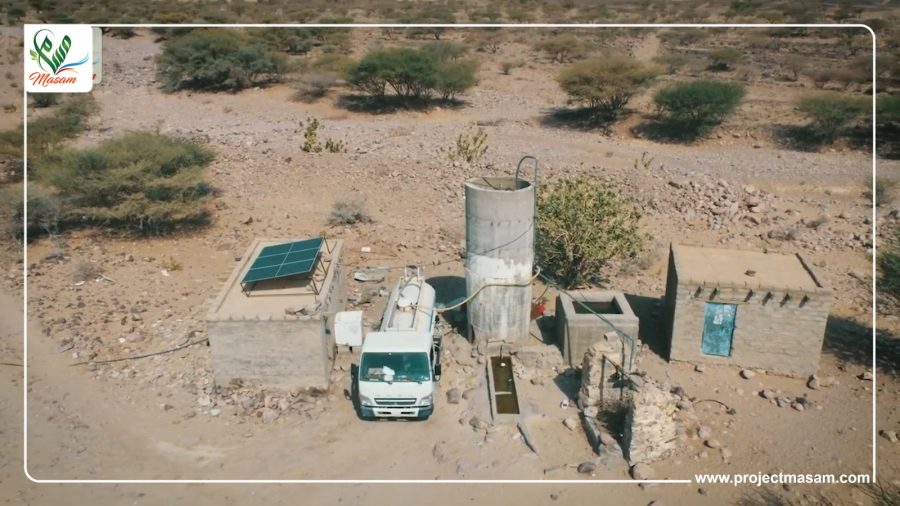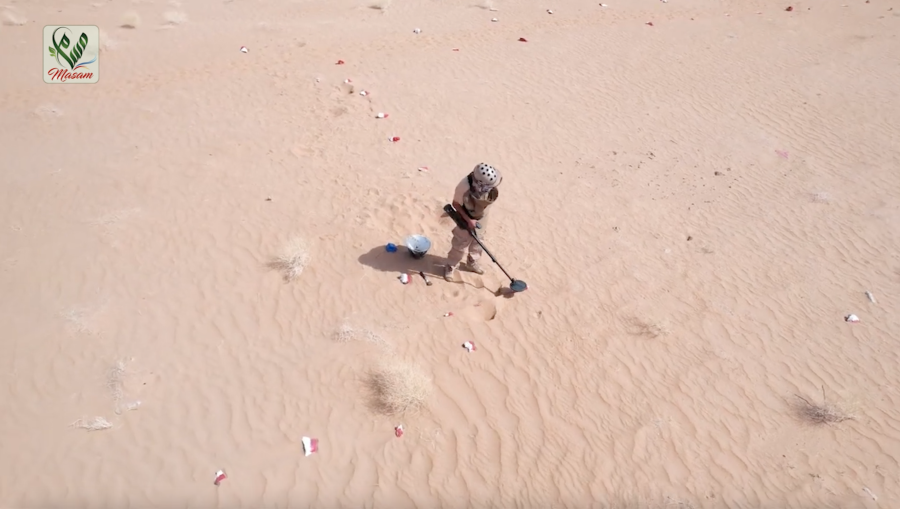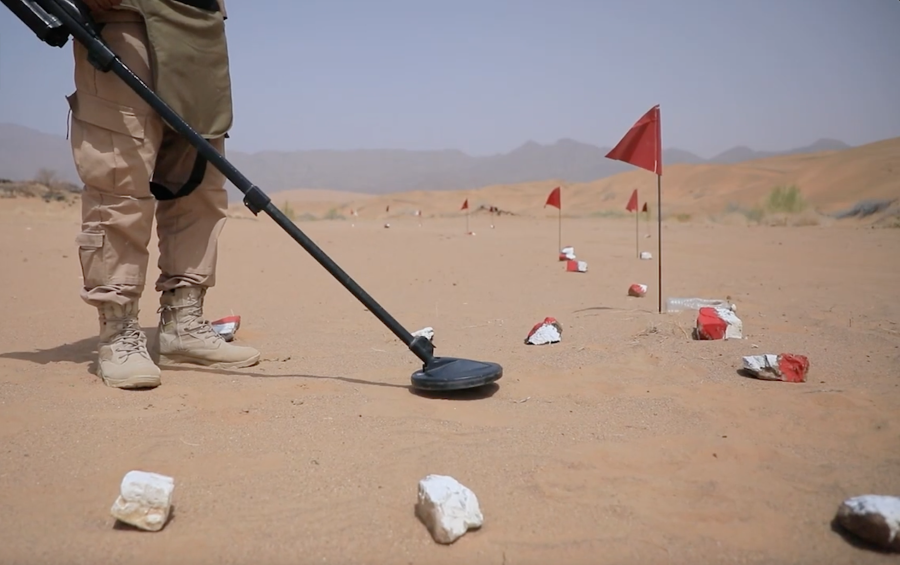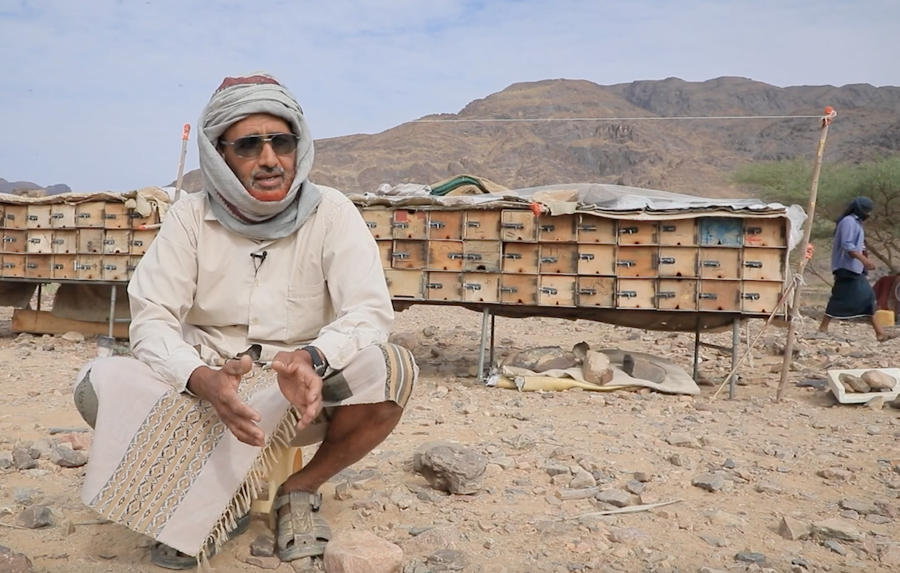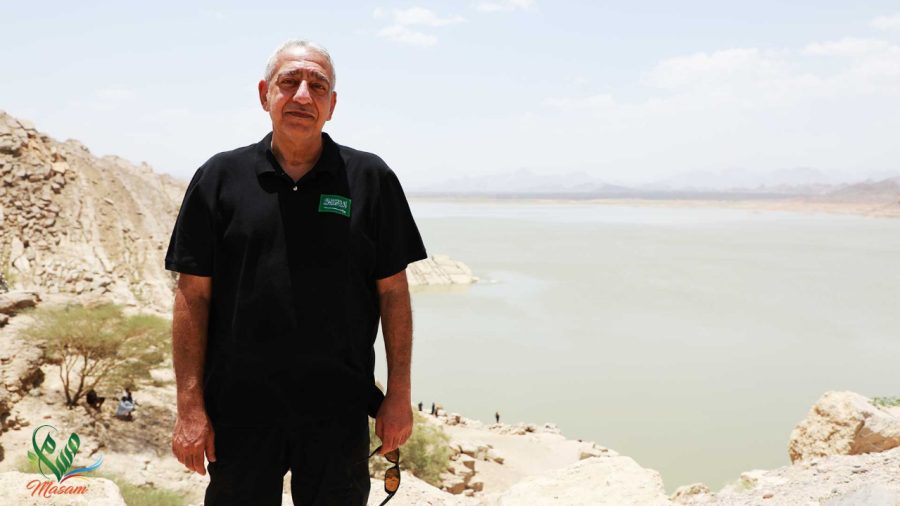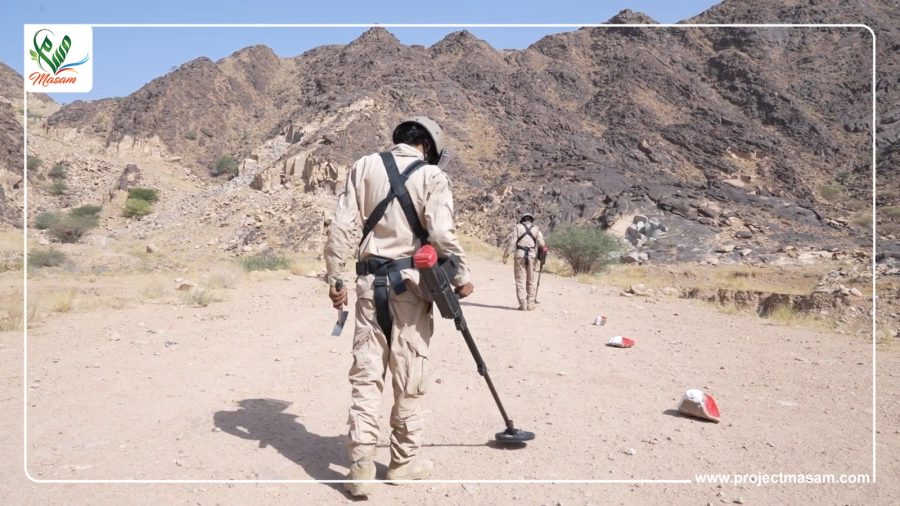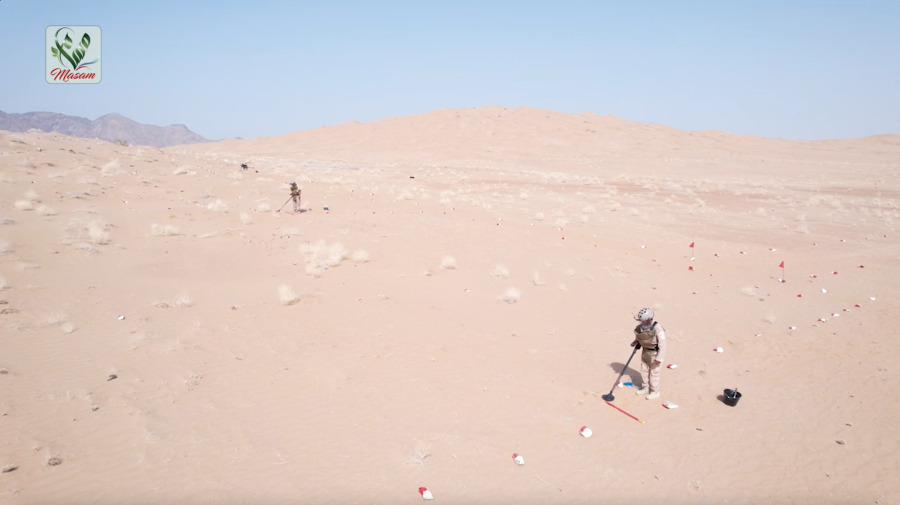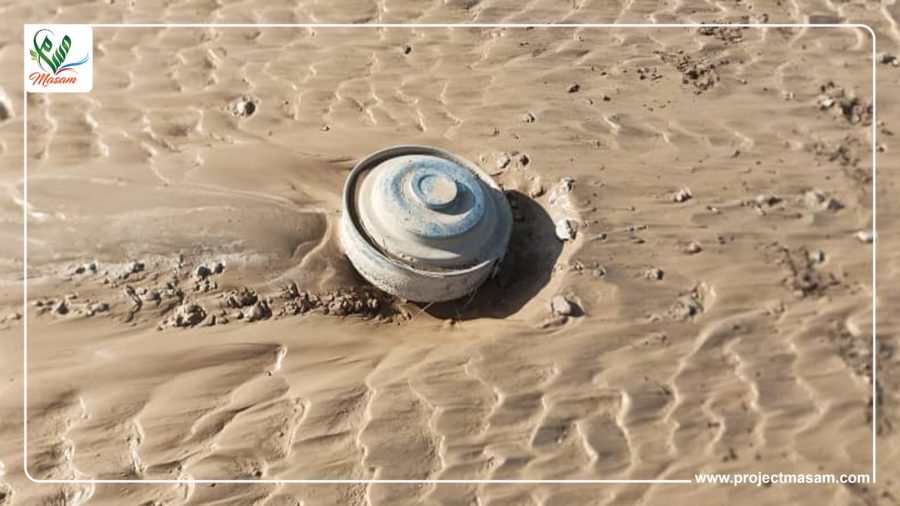Project Masam Team 11 clears vital water well in Al-Mablaqa area in Yemen’s Bayhan as economic activity resumes
Project Masam is working on ensuring the demining of vital facilities to enable Yemenis to restore their normal social, economic, health, and cultural life. This includes water sources, which are a top priority for the project. This week, Project Masam’s team 11 has secured a water well on which the residents of the Mablaqa area,…

